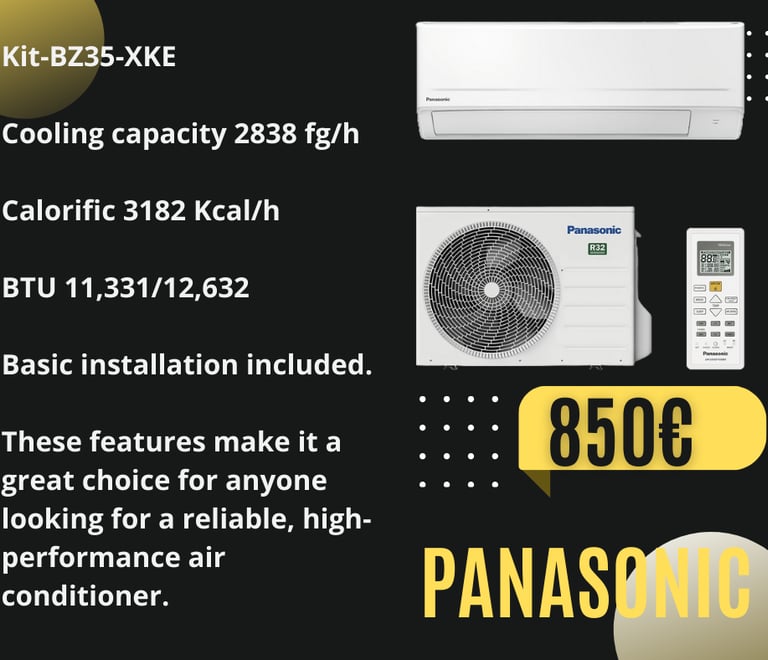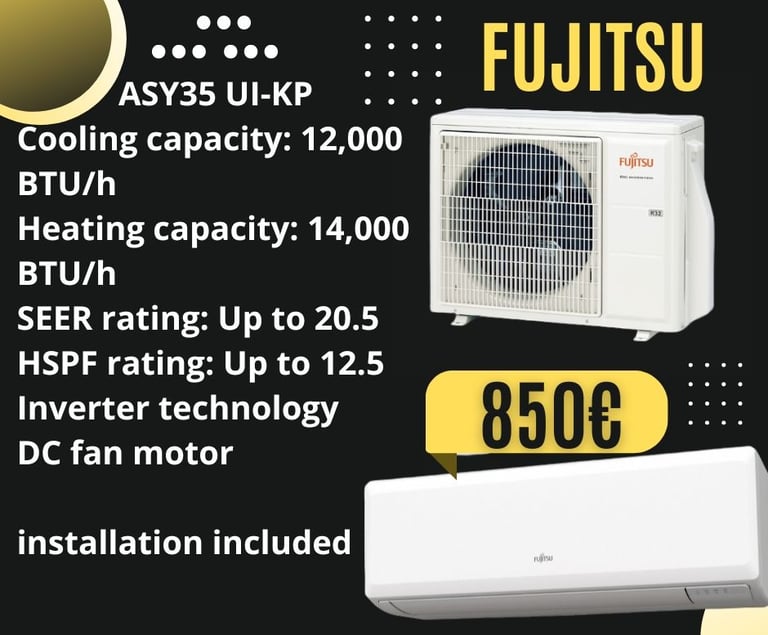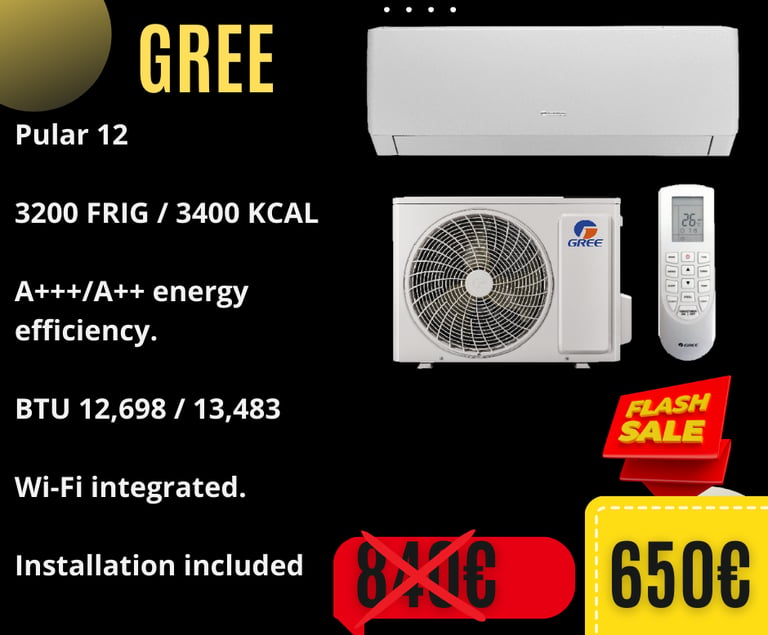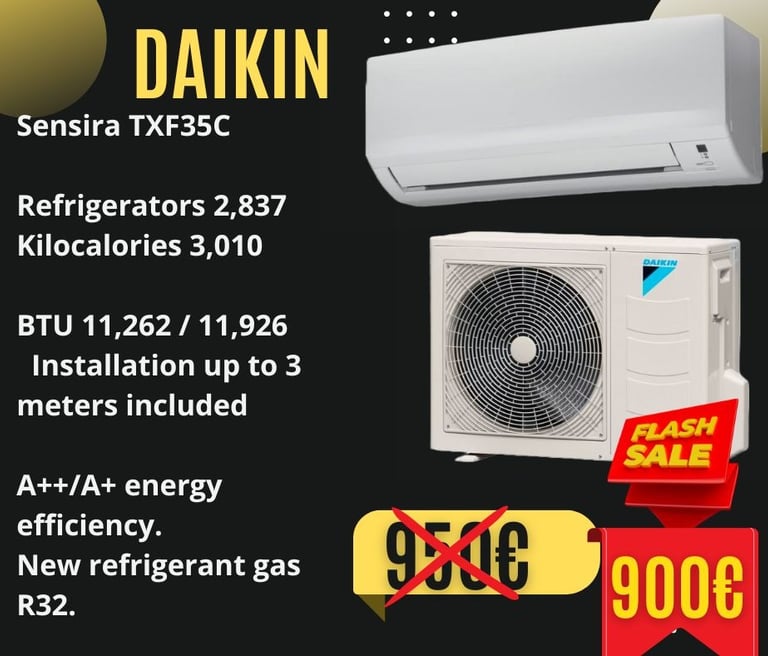1. What is R410A Refrigerant?
• Provide a detailed explanation of what R410A refrigerant is, including its chemical composition, properties, and common uses in air conditioning systems.
2. R410A vs. R32: Which is Better?
• Compare R410A and R32 refrigerants, highlighting the differences in efficiency, environmental impact, cost, and suitability for various air conditioning systems.
3. R410A Refrigerant Price
• Discuss the current market price of R410A refrigerant, including factors that influence the cost and where to buy it. Provide tips on finding the best deals.
4. How to Recharge R410A Refrigerant
• Offer a step-by-step guide on how to recharge an air conditioning system with R410A refrigerant. Include safety tips and necessary tools for the job.
5. R410A Refrigerant Leak Detection
• Explain how to detect leaks in systems using R410A refrigerant. Highlight the best tools and methods for leak detection and the importance of addressing leaks promptly.
6. R410A Refrigerant Phase Out
• Inform readers about the phase-out schedule for R410A refrigerant, reasons behind the phase-out, and its implications for homeowners and businesses.
7. R410A Refrigerant Replacement
• Discuss alternative refrigerants that can replace R410A, such as R32. Explain the benefits and drawbacks of each alternative and how to transition to a new refrigerant.
8. R410A Refrigerant Properties
• Provide detailed information about the physical and chemical properties of R410A refrigerant, including its efficiency, operating pressures, and environmental impact.
9. R410A Refrigerant for Air Conditioning
• Highlight the use of R410A in air conditioning systems. Discuss its performance, efficiency, and why it has been a popular choice for many years.
10. R410A Refrigerant Environmental Impact
• Explain the environmental impact of using R410A refrigerant, including its Global Warming Potential (GWP) and how it compares to other refrigerants in terms of eco-friendliness.
Example Content Outline
What is R410A Refrigerant?
R410A refrigerant, also known as Puron, is a hydrofluorocarbon (HFC) used in air conditioning systems. It is a blend of two refrigerants: difluoromethane (R32) and pentafluoroethane (R125). R410A is known for its efficiency and is commonly used in residential and commercial air conditioning systems. It replaced older refrigerants like R22 due to its lower environmental impact.
R410A vs. R32: Which is Better?
When comparing R410A and R32, there are several factors to consider:
• Efficiency: R32 is more efficient and has a higher heat transfer rate.
• Environmental Impact: R32 has a lower Global Warming Potential (GWP) of 675 compared to R410A’s GWP of 2088.
• Cost: R410A is generally more widely available, which can affect pricing and accessibility.
• Compatibility: R32 systems require different equipment due to higher pressures, while R410A is compatible with existing infrastructure.
Benefits of Our Offers
• Installation Included: Our packages include basic installation to ensure your system is operating optimally from day one.
• Energy Efficiency: All our systems are designed to provide maximum energy efficiency, which translates to lower energy costs.
• Advanced Technology: We utilize the latest technological advancements to ensure you get the best performance and comfort.
• Sustainability: Our systems use eco-friendly refrigerants like R32, which have a lower environmental impact.
Contact
For more information about our air conditioning offers with installation included, please do not hesitate to contact us. We are here to help you find the best solution for your climate control needs.
Do you want to know if your air conditioning needs maintenance or cleaning?
Your Local Air Conditioning Installer
Contacts
CLIMATRIX
+34 602 359 972












